Monday, December 3, 2012
Thunder Bay's Brian Spare has produced an amazing book, an updated Moby Dick. He writes:
Herman
Melville first started to write Moby Dick as “a romance of adventure”
sea story as one publisher coined it. Through Nathanial Hawthorne’s influence
his novel grew in size and complexity taking on metaphysical symbols and
meanings. Here Melville found a venue to express his own views about life and
religion that he could only express through symbolism and allusion for fear of
upsetting the religious aesthetic of his time. “I have written a wicked book,”
Melville wrote to Hawthorne.
Initial
reviews were widely mixed. They ranged
from glowing praise for its liveliness to fierce criticism for its bombast and
unconventional style. Melville was writing to an audience that knew little
about whales or whaling even though the products of the industry, mainly made
from whale oil, were commonly used in daily life. In that regard, his novel’s
storyline was interjected throughout with educational material. The first
readers were shocked by the accounts of whales and whaling he revealed to them,
and this might be in part why it did not sell well. Not until 30 years after
Melville died, and 70 years after it was published, did Moby Dick
receive the acclaim it deserved as the great American classic during the
Melville Revival of 1920s. After the end of World War I Moby Dick was
seen as more than an adventure novel and viewed as what happens when one man’s
plight for vengeance is allowed to take control. Ahab knew he could not achieve
his aim, but his insane spite for the White Whale impelled him to his end.
“... To the last I grapple with thee. From hell’s
heart I stab at thee. For hate’s sake I spit my last breath at thee ... thou damned whale ...”
After I
first read Moby-Dick, I thought what a great story. Although I like the
19th century style of writing and lofty prose, it was tough going at
times to firmly grasp the storyline. References made to people and places
commonly known to readers in the 1800s but out of use in today’s world further
hampered a good understanding of the tale. Finally, not being familiar with the
parts of an old wooden sailing ship made it hard to envisage where on the Pequod
scenes were taking place.
Despite
these difficulties, the story made a big impression on me and I was hooked.
What would have made my experience of Moby Dick even more enjoyable, I
felt, would be some diagrams to illustrate the various parts of a 19th
century whaling ship and a glossary of terms and phrases to explain the
language of the day. Updating at least the narrative to present day language
would help as well. I know people who would read Moby-Dick if only they
didn’t have to deal with the old prose.
A few years
after reading Moby Dick, I decided to tackle editing this story to make
the changes I thought would make the novel more palatable to the 21st
century reader. Two years later, here it is. In this version of Moby Dick,
that is The Hunt For Moby Dick:
“My goal is to bring this wonderful
classic to a wider readership.” In the forward below he describes his love for the classic and discusses his decision to unertake this project.
The Hunt for Moby Dick
Forward
by Brian Spare
· the text is updated/modernized while maintaining a
sense of the era in which the story took place
· strictly educational material is removed to streamline
the novel leaving just the story
· a glossary of terms and phrases assists you
· ship diagrams guide you through the Pequod as you read
· I feel this book,
The Hunt For Moby Dick, is
close to the “romance of adventure” novel Melville first intended to write.
My goal in writing this book is simply
to bring this wonderful classic to a wider readership. Novels that become
classics do so because they tell an epic, a timeless story. Herman Melville’s Moby
Dick does that by instilling within us the romance of sailing a tall ship
in a treacherous trek through a world unknown to many, the folly of blind
vengeance and our endless pursuit of truth. Epics portray the yearning deep
within our souls for purpose, adventure forgiveness and love. These are the
stories that are told and retold. They are read time and time again for they
are as old as humanity itself and as ageless as the stars above. This is a
story of yesterday rewritten for the readers of today. Become absorbed in the
most readable version of this timeless classic. Board the Pequod as she sails
the stormy seas of Ahab’s relentless pursuit of his foe. Sit back now, book in
hand, and join in The Hunt For Moby Dick.
Subscribe to:
Post Comments (Atom)

















































































































































































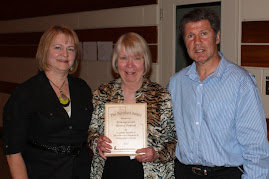


























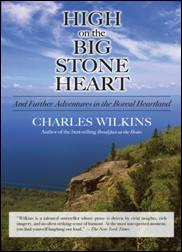





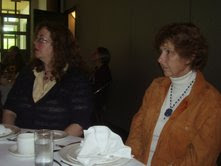



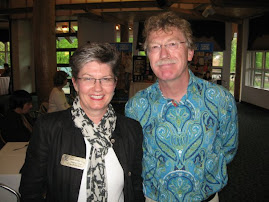


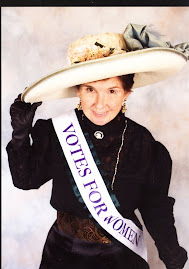













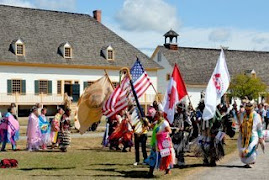

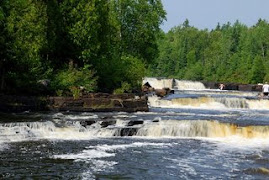






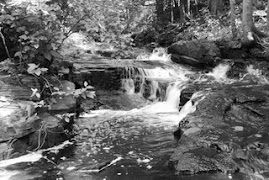

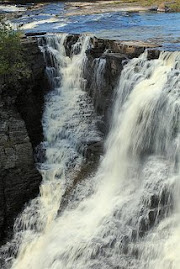



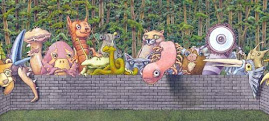
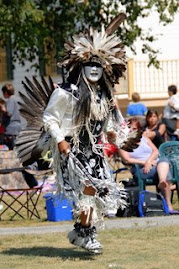



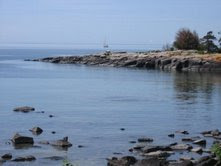









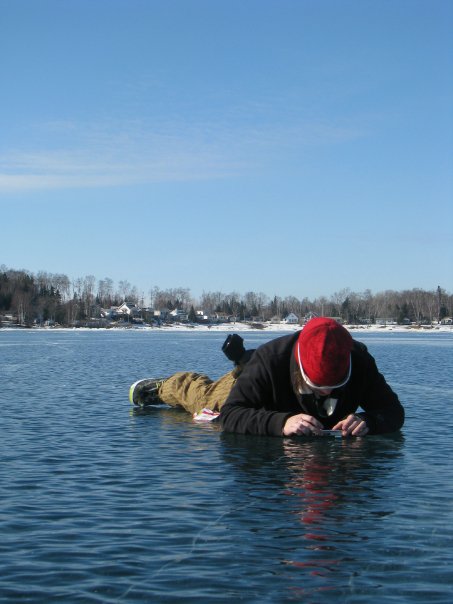



No comments:
Post a Comment